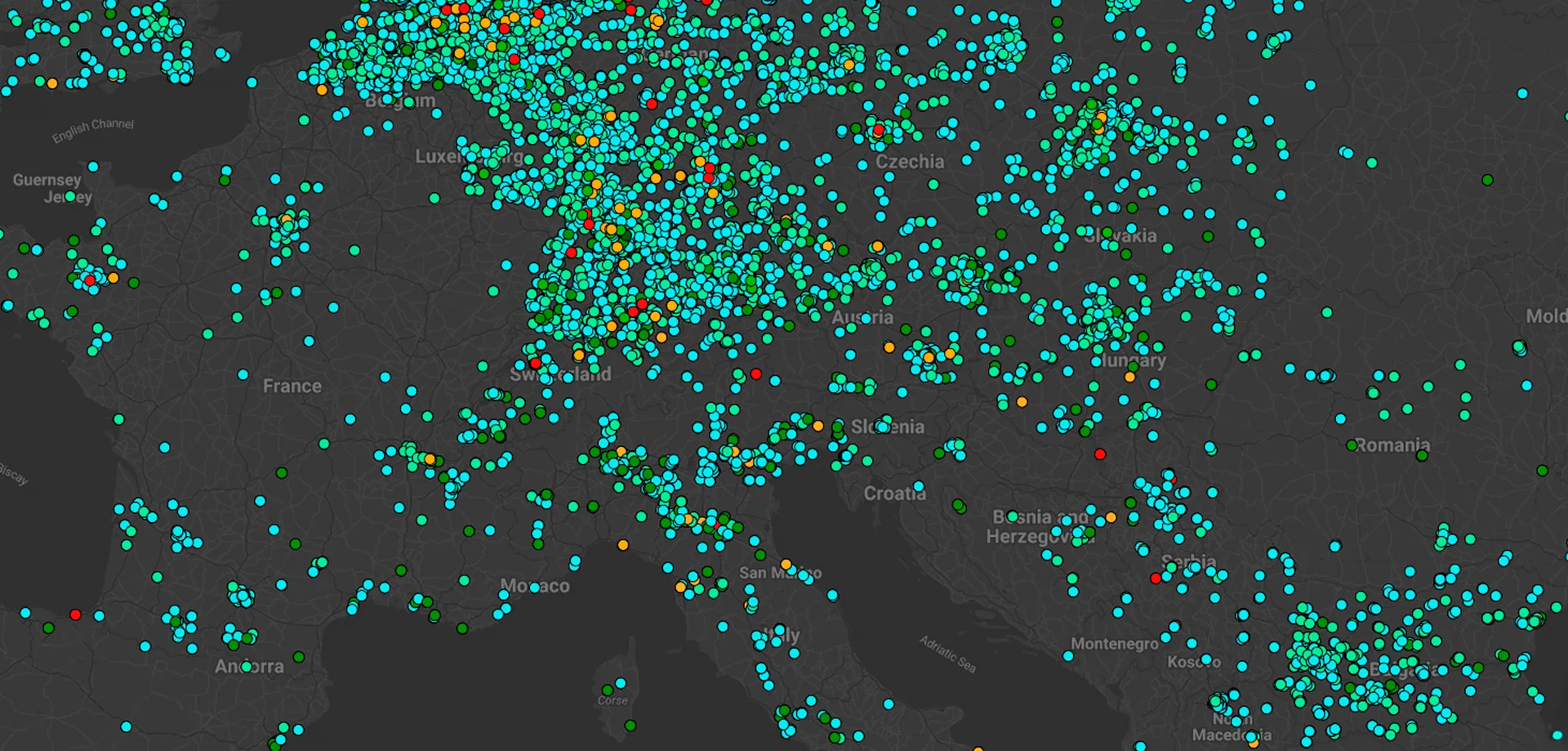Leveraging IoT sensors and Mapify for real-time store insights
August 3, 2023
Ana Guerra
.webp)
Retail has been revolutionized by data-backed real-time insights which resulted in improved operations, enhanced customer experience and more sales. The Internet of Things (IoT) is one of the factors that paved the way for this new era. Any retail business is able to get there by leveraging IoT sensors combined with a powerhouse data software platform like Mapify.
Sensors act as the eyes and ears of a retail store collecting a wealth of data regarding customer behavior, foot traffic and product interactions. With that data, retailers can visualize using heatmaps and customer journey maps to obtain a clear understanding of how shoppers behave and how to optimize accordingly.
In this article, we will explore some of the use cases of IoT sensors in retail stores.
IoT sensors in retail stores Use Cases
Better store layout design
IoT sensors strategically placed throughout the store can provide insights concerning store design. This information can be used to put the most popular products in the most visible locations, and to create better cross-sell and upsell opportunities. It can also be used to identify bottleneck areas which need fixing.
Personalized customer engagement and offers
According to a customer’s location, they can receive targeted ads and special promotions based on a proximity to a specific store, store section or product. Another example can be when a customer is in a particular location for a long time, store staff could be alerted in case the customer needs any help. Studies show personalization fosters customer loyalty and increases the likelihood of future visits.
Optimizing staff allocation
Real-time data from IoT sensors helps retailers optimize staff allocation based on the store’s activity. Retailers are able to deploy staff to high-traffic areas, assisting customers, and reducing wait times. This can be further augmented using predictive analytics. Consequently, the customer gets a better experience and there is a more efficient use of human resources.
Smart energy management
Identifying opportunities for energy conservation contributes to environmental preservation and lower operational costs. Sensors can tell about temperature and humidity, automatically adjusting the AC system. This ensures the store is perfectly comfortable for customers and employees, while also minimizing energy consumption. Same can be done to control lighting according to the occupancy of an area, especially in large stores.
Improving inventory management
IoT sensors such as RFID sensors and smart tags are able to monitor stock levels, providing alerts for restocking or inventory adjustments. With the support of software, retailers can even automate tasks currently performed by employees. This approach minimizes the possibility of products being out of stock, reduces excess inventory costs, and improves overall supply chain efficiency.
Cashierless stores
The so called “stores of the future” such as Amazon Go or Walmart's Scan & Go rely heavily on sensors. Customers use a mobile app to log in while store cameras and sensors track their behaviour. Items are automatically added to a virtual basket, and payment is made upon exiting the store or via mobile app. Cashierless stores offer convenience and efficiency for customers while reducing labor costs and improving inventory accuracy for retailers.
Ready to embrace the potential of IoT sensors and unlock the untapped opportunities for your retail business? Book a meeting with us!


.jpg)

.webp)


.webp)

